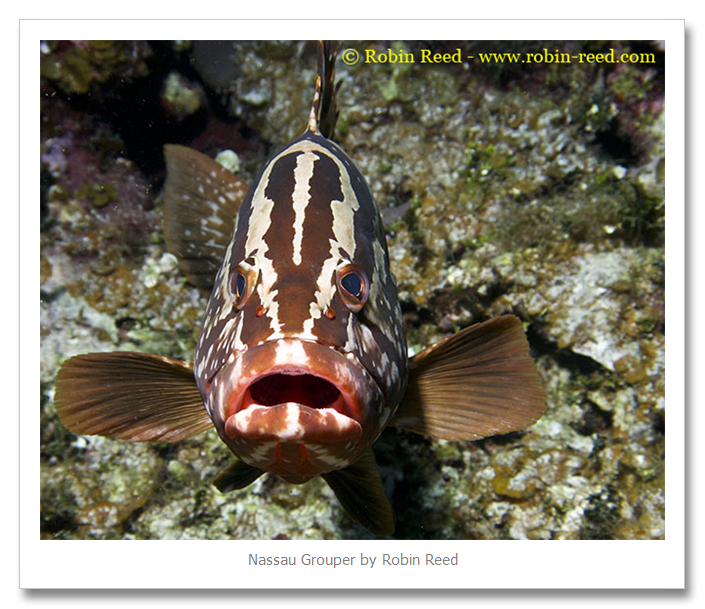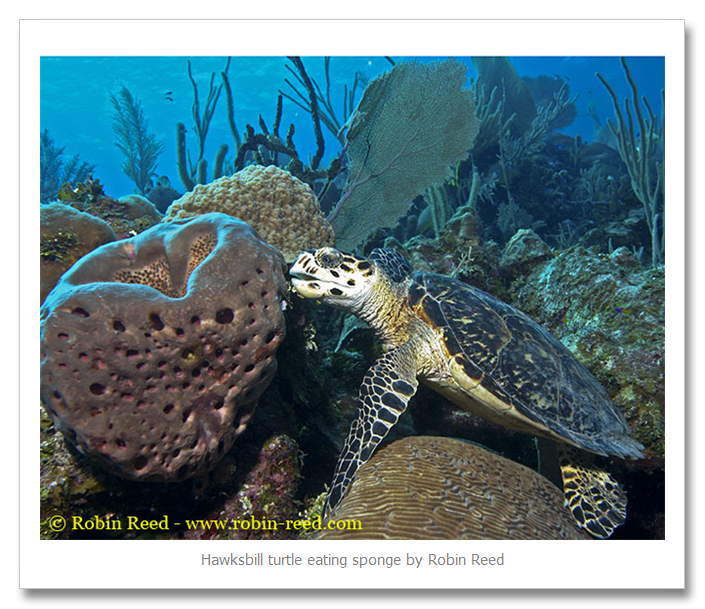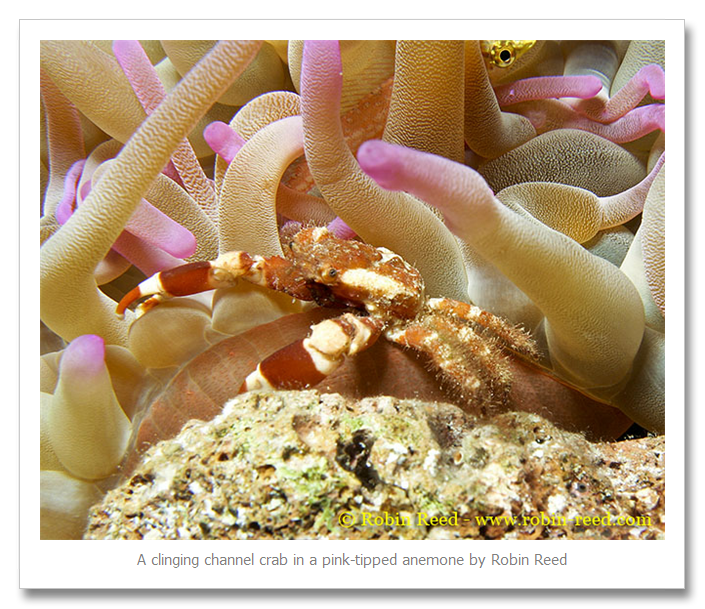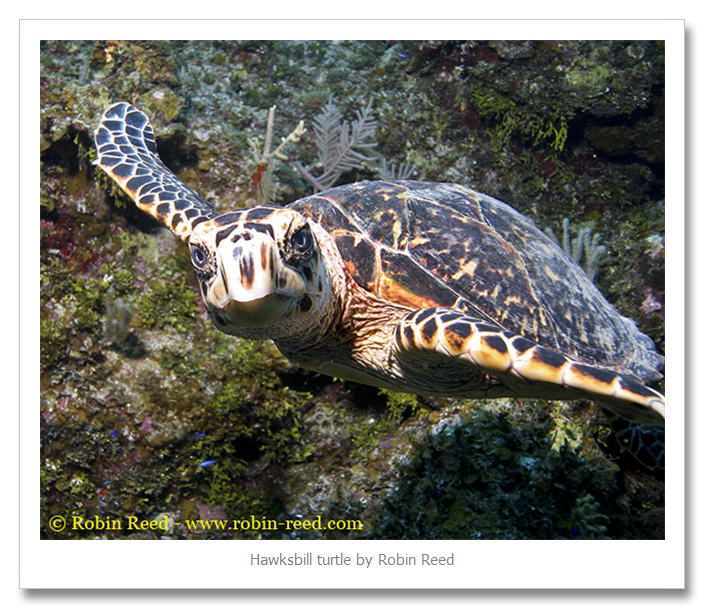I received some images in my email the other day from my great friend Robin. They were taken on our trip to the Cayman Islands aboard the Cayman Aggressor IV. Looking at them, I began to think of the state of underwater photography as it exists today compared to where it was just before the introduction of digital cameras.
Before the introduction of digital cameras, underwater photography was a hobby that was headed for extinction. Maybe not total extinction but the numbers of underwater photographers were shrinking rather than growing. There are many reasons for the high dropout rate. First, many underwater photographers used a Nikonos camera system which was made to be primarily used underwater. The camera system was a great one as underwater systems go. The problem was that most people only used their cameras one or two weeks a year on a dive vacation. For that brief period of time, they would try their best to produce excellent underwater images. The greatest drawback for film underwater photography was the lack of feedback. Underwater photographers had to understand the nuances of film speed, lens opening, shutter speeds, strobe placement, strobe intensity and how they all worked together. To get feedback on their progress, photographers needed to have film developed. In many exotic places, this was not possible. Where it was, you had to accept the expertise of the person that was doing the developing. I lost a number of photos to a developer using old chemicals.
Here is a typical scenario of a struggling underwater photographer at a tropical dive location for their one week yearly vacation. As our photographer gets gear ready, he/she struggles to remember the setting that were used on the last vacation a year ago. The first dive is done with macro equipment so our photographer thinks “what lens opening did I use? – what shutter speed did I use? – which film did I use? – how did I position my strobes and what intensity were they set at? If the person is lucky or has a good memory, some or all of the settings are correct. If not, the results are a disaster. Now if the person has accessibility to film processing, he/she will learn the results of the photo dive by the next day. In the meantime, the same settings are used on another dive on the same day. The results could be two rolls of film with some nice keeper shots or two rolls of film with nothing useable. If the photographer does not have access to processing, the results will not be available until after the trip is over. By that time, the photographer may not even remember what settings were used. The same scenario applies to wide angle underwater photography.
The reason that this comes to mind is that in the later days of film, Robin was working hard at underwater photography. On the last tropical trip that we took together when Robin was using film, she returned home before any of her film was processed. The results were a disaster and she had decided to give up underwater photography.
I had already made the switch to digital photography and I urged her to give it a try before giving up. This is not an easy decision to make because underwater photography equipment is not inexpensive. Purchasing a digital slr (single lens reflex camera) and the most inexpensive underwater camera housing (Ikelite) and one lens would set you back about $2500 US dollars. It turned out to be the best investment that she made. Robin took to digital photography like a fish to water. She already understood the workings of a camera from her Nikonos days but now she was getting instant feedback on her efforts.
One of the great things about digital cameras is the ability to see a histogram after taking a photo. A histogram shows the photographer if the image is exposed correctly. You can see if it is underexposed, overexposed or correctly exposed. You can also see the composition of the photo in the camera’s LCD. A histogram shows the number of pixels of each color from black at the left side of the histogram to white at the right side. The horizontal placement of pixels show the tonal range from black on the right to white on the right. The vertical pixel values show the quantity of the colors in the various tonal ranges in the photo.
I wrote about histograms in the digital photography section of my website. You can read all about them here.



The left histogram shows underexposure (see how there is blank space on the right side). The middle histogram shows a properly exposed image and the right one shows an overexposed image (see how there is a lack of pixels on the left side of the histogram).
Digital cameras have caused a huge revival in underwater photography. When I was shooting film, underwater photographers purchased cameras based on whether there was an underwater housing for the camera. Now, there are housings for most camera brands including point and shoot cameras. The point and shoot camera in an underwater housing has seen an incredible growth, partially due to the fact that they are compact, easy to travel with and take great pictures. I am one of the judges at the “Beneath The Sea” photo contest each year and we have been amazed at the quality of the photos that we receive that were taken with point and shoot cameras.
There are really two parts to being a digital underwater photographer and they are the photography itself and the processing of the images in a computer. Robin took to the computer end of digital photography equally as well as she did to the photography end. Robin’s images improved greatly in a short period of time.
This sounds like a “happily ever after” story and mostly it is. What amuses me is that as Robin got better with her underwater photography, other things became troublesome. First you need to know a little bit about Robin Reed. She is one of those people that you fall in love with right away. She has a great sense of humor and she also doesn’t hesitate to speak her mind. Veronica and I met Robin after her husband, Warren started diving on our boat in New Jersey. The four of us got to be great friends and I became Robin’s official photography mentor – a position that I really enjoyed because I love helping people with their underwater photography.
Unfortunately, a job opportunity in Florida took Warren and Robin to Delray Beach, Florida and a long way from New Jersey. Despite the distance, we have remained great friends and we try to get together for a dive vacation each year. Robin has owned her underwater photography equipment for a number of years now. Robin doesn’t change easily. She still uses her Canon digital Rebel camera and doesn’t seem to get caught up in the need to upgrade to the latest and greatest. Warren and I have been after Robin to have her Ikelite housing and her Ikelite strobe upgraded to allow her to use TTL (through the lens) automatic exposure. Robin is not one who is quick to spend money. I wouldn’t call her cheap but she spends money wisely. Luckily, Robin had to send her housing back for some work and she decided that this was the time to make the upgrade to TTL. Warren and I both voiced our “Hoorays”.
One of the major drawbacks for Robin and her underwater photography system was the small viewfinder on her Ikelite housing. When we would go through her pictures, the thing that was the most evident was bad composition. I know that Robin understands composition and I can see it in the results of her images after she processes them in Adobe Photoshop. The problem turned out to be that Robin could not see her subject correctly through her viewfinder. She needed a magnified viewfinder to really see her subject. She procrastinated as she is known to do and in this case, it was not a bad thing although she suffered through a lot of disappointment and frustration when she looked at her images. In the last few years, a number of accessory magnifying viewfinders have come on the market.

This is a Nauticam 180° viewfinder fitted to an Ikelite housing. It does a great job of magnifying the camera image and costs around $1100 US dollars. Not an inexpensive investment.

This is the Inon 45° viewfinder. It also fits on many housings including the Ikelite. It costs around $800 installed (if no modifications need to be made to the housing). The two viewfinders are very different. The Nauticam is a straight-on view viewfinder while the Inon requires that you view from an angle. They both do a great job of magnifying the image so the choice is personal.
After urging Robin to purchase an enlarging viewfinder for a number of years, I was shocked when she told me that she was taking the plunge. Robin went to Reef Photo & Video in Fort Lauderdale, Florida and the salesperson stayed with her for nearly two hours, changing viewfinders from the Nauticam to the the Inon and back again. He wanted her to feel comfortable with her choice. In the end, Robin chose the Inon viewfinder. She was told to leave her housing and they would have the viewfinder installed in short order.
When Robin arrived home, Warren had a thought that made them both concerned. Would the warranty on her Ikelite housing be null and void with the addition of the viewfinder by a third party. Robin called Ikelite and was pleasantly surprised that Ikelite was aware of the viewfinder additions as well as modifications made to the housing when required for the viewfinder. They were okay with the work done by Reef Photo & Video and that Robin should not be concerned.
Well, for right now, all is well in the underwater photography world of Robin Reed. As of today, she has not gotten an opportunity to try her new viewfinder. Mother Nature has not been cooperative for diving in Florida over the last few weekends. She has not cooperated very well for diving in New Jersey the last few weekends either.
If you would like to learn more about Robin Reed and her photography, please visit her website at Robin-Reed.com.
© 2010, Herb Segars. All rights reserved.






How true your comments are about the old days of underwater photography using film. I remember hauling around 40 to 50 rolls of film and hoping that the dive boat or resort I was going to would be able to process at least some of the film so I could see how I was doing. I’ve been shooting digital for some time now and really enjoy being able to review an image immediately underwater, and reviewing the entire days shooting at the end of the day when I download my cards. I’ve just started a blog on my adventures in underwater photography and travelling to shoot underwater, https://divermaidentravels.blogspot.com/ .
Best,
Kathy Mendes
This was very interesting. Thanks for posting it
Hey there! I’ve been following your blog for a while now and finally got the bravery to go ahead and give you a shout out from Porter Tx! Just wanted to say keep up the great work!
My web blog: [url=https://www.stopzilla.com/products]Darla[/url]
Very nice post. I just stumbled upon your weblog and wanted to say
that I’ve truly enjoyed surfing around your blog posts. In any case I’ll be subscribing to your feed and
I hope you write again soon!
My website: [url=https://Www.Youtube.com/watch?v=M_O76eVNlEc]Aubrey[/url]